How to Choose the Perfect South Windows for Your Home Renovation
When it comes to home renovations, selecting the right south windows is crucial for maximizing energy efficiency and enhancing natural light. According to the U.S. Department of Energy, strategically placed south-facing windows can reduce heating costs by up to 15% in colder climates while providing passive solar gain during winter months. A report from the National Renewable Energy Laboratory highlights that homes with well-designed south windows can achieve a 10-30% reduction in annual energy use, depending on the window specifications and home orientation. As homeowners increasingly seek sustainable and cost-effective renovation solutions, the importance of choosing the perfect south windows cannot be overstated. In this guide, we will explore key considerations and practical tips to ensure that your selection of south windows aligns with both aesthetic preferences and energy performance goals.
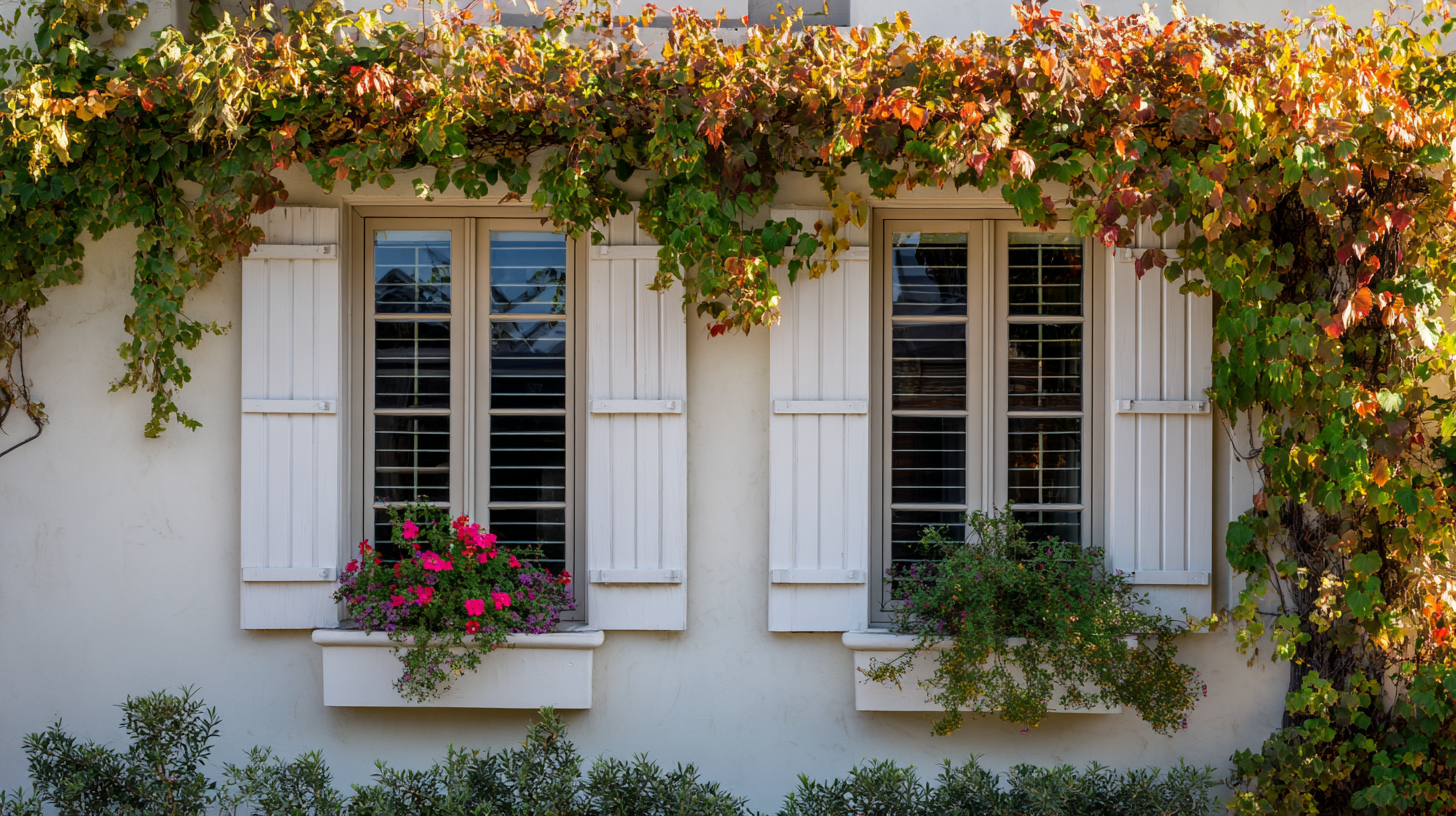
Understanding the Benefits of South-Facing Windows in Home Renovation Projects
South-facing windows offer significant advantages for home renovation projects, primarily due to their natural light and energy efficiency. One of the key benefits is the ability to harness sunlight throughout the day, which not only enhances the ambiance of your living spaces but also reduces the need for artificial lighting. This can lead to substantial energy savings and create a warm, inviting atmosphere that can boost the overall aesthetic of any room.
In addition to improved lighting, south-facing windows can contribute to passive solar heating. During the winter months, they allow sunlight to penetrate deeper into your home, helping to naturally warm up your interiors, which can lessen reliance on heating systems. This energy-efficient approach not only promotes sustainability but also translates into long-term cost savings on energy bills. By understanding these benefits, homeowners can make informed decisions when selecting south-facing windows, ensuring their renovation project is both functional and environmentally friendly.
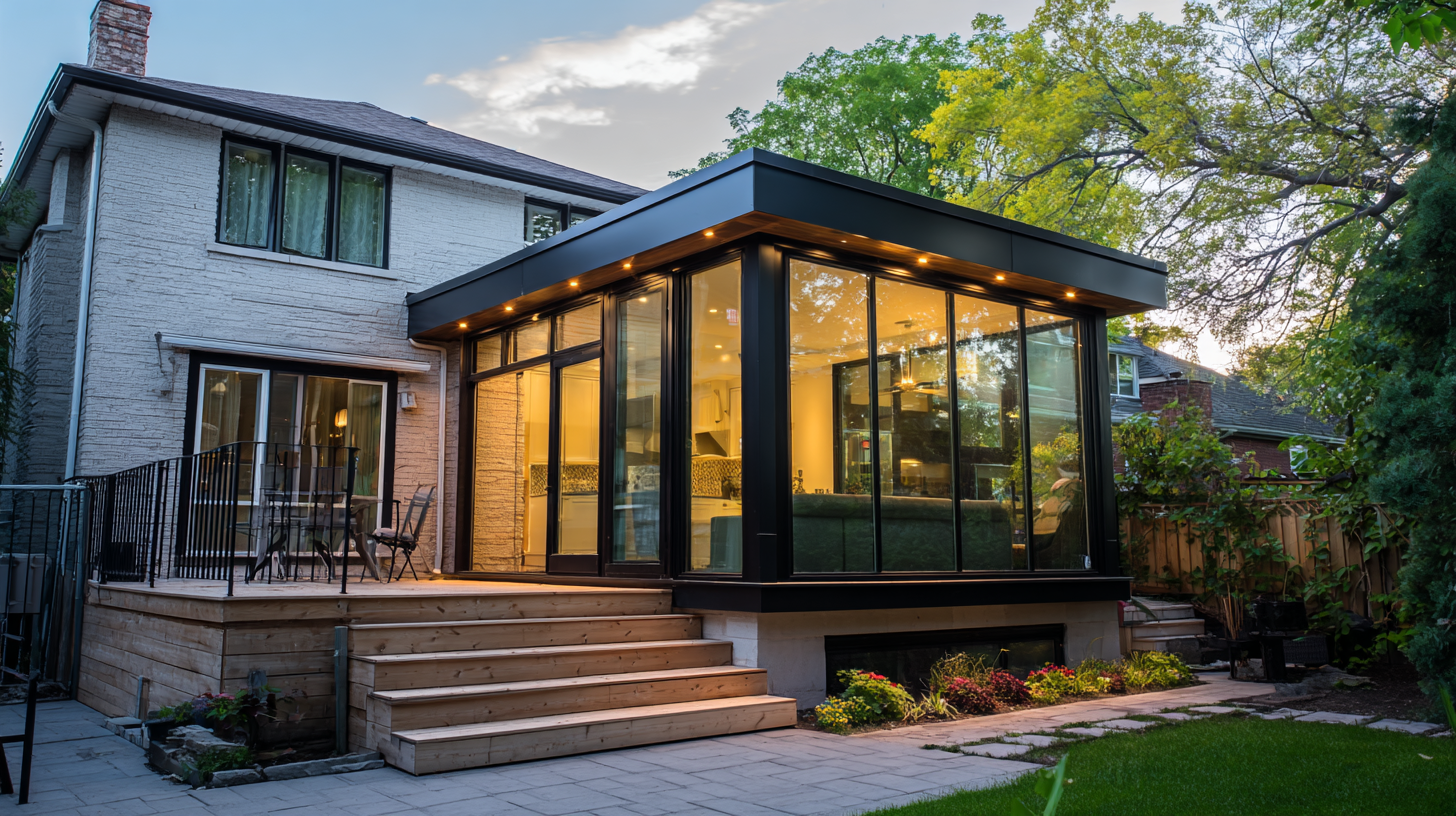
Key Factors to Consider When Selecting South Windows for Energy Efficiency
When selecting south windows for your home renovation, energy efficiency should be a primary consideration. South-facing windows can receive significant sunlight, making them ideal for passive solar heating. To maximize energy savings, choose windows with a high Solar Heat Gain Coefficient (SHGC). This rating measures how much solar radiation passes through the window; a higher SHGC means more warmth during cold months. Additionally, consider the U-factor, which indicates the window's insulation performance. A lower U-factor will help keep your home cooler in summer and warmer in winter, contributing to overall energy efficiency.
Another critical factor is the type of glazing used in the windows. Double or triple-glazed options offer better insulation than single-pane windows, significantly reducing heat transfer. Furthermore, look for windows with low-emissivity (Low-E) coatings, which reflect infrared light while allowing visible light to enter. This technology not only enhances energy efficiency but also helps protect your interiors from fading. By carefully considering these factors, you can select south windows that not only enhance the aesthetic appeal of your home but also promote a more sustainable living environment.
How to Choose the Perfect South Windows for Your Home Renovation - Key Factors to Consider When Selecting South Windows for Energy Efficiency
| Key Factor | Description | Impact on Energy Efficiency |
|---|---|---|
| Window Orientation | South-facing windows maximize solar gain during winter. | High impact; allows for natural heating and light. |
| Glazing Type | Low-E (low emissivity) coatings reduce heat loss. | Medium to high impact; improves insulation. |
| Frame Material | Materials like vinyl or fiberglass offer lower thermal conductivity. | Medium impact; affects overall insulation. |
| Window Size | Larger windows can increase light but may require additional shading. | Variable impact; balance between natural light and heat retention is crucial. |
| Shading Devices | Awnings or overhangs can block excess summer heat. | High impact; essential for controlling heat gain and glare. |
| Window Installation | Proper installation prevents drafts and heat loss. | High impact; critical for overall performance. |
| Energy Ratings | Look for ENERGY STAR ratings for energy-efficient options. | High impact; provides benchmark for efficiency. |
Exploring Window Materials: Which is Best for South-Facing Installations?
When selecting windows for south-facing installations, the choice of materials can significantly impact energy efficiency and comfort within your home. According to the Efficient Windows Collaborative, south-facing windows can receive up to 50% more solar heat gain than north-facing ones. This makes it crucial to choose materials that can effectively manage this influx of sunlight while enhancing insulation. Vinyl and fiberglass are standout options; vinyl windows can achieve a U-factor of 0.30 or lower, while fiberglass frames can offer superior thermal performance and durability.
Tips: Consider Low-E (low-emissivity) glass coatings, which can minimize UV ray penetration and reduce heat buildup while allowing natural light to filter through. This can lead to reduced cooling costs by up to 30%, as reported by the U.S. Department of Energy. Additionally, incorporating gas fills, such as argon or krypton between panes, can further enhance energy efficiency by minimizing thermal transfer.
Choosing the right window materials extends to frame construction as well. Aluminum frames, for example, tend to conduct heat and cold more than other materials, making them less suitable for south-facing installations unless thermally broken. Opting for triple-glazed or double-glazed windows with proper sealing increases insulation effectiveness, aligning with the National Fenestration Rating Council’s (NFRC) recommendations for optimal energy performance.
Optimal Window Styles for Maximizing Natural Light and Aesthetics
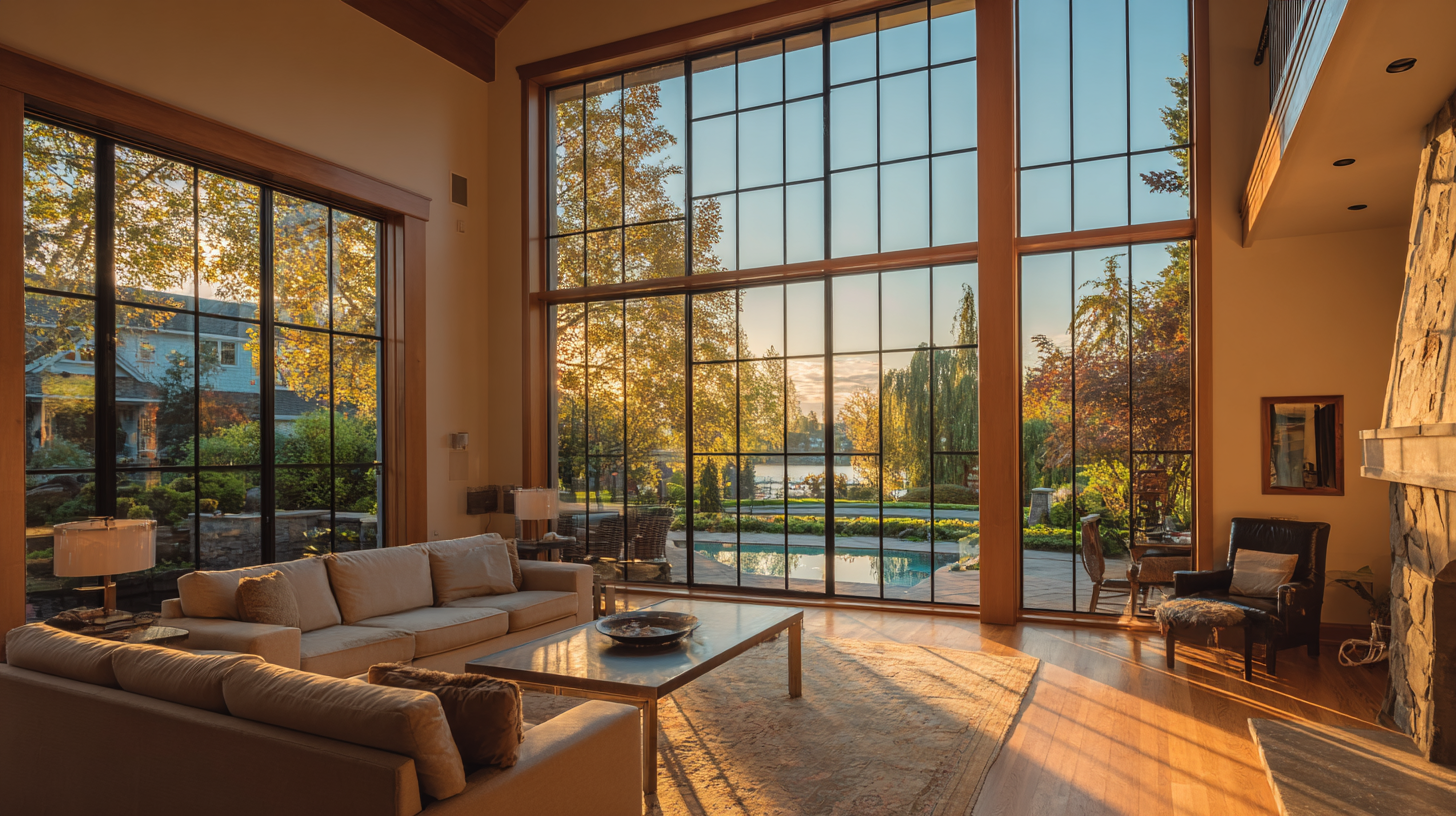 When choosing windows for a home renovation, particularly south-facing ones, maximizing natural light is key. Large windows, especially floor-to-ceiling varieties, not only enhance the brightness of your interior spaces but also create an inviting and airy atmosphere. These expansive glass installations allow sunlight to pour into living rooms and main areas, making them feel more spacious and warm.
Consider window styles that incorporate minimal framing to maximize the glass area, thereby gaining the most natural light throughout the day.
When choosing windows for a home renovation, particularly south-facing ones, maximizing natural light is key. Large windows, especially floor-to-ceiling varieties, not only enhance the brightness of your interior spaces but also create an inviting and airy atmosphere. These expansive glass installations allow sunlight to pour into living rooms and main areas, making them feel more spacious and warm.
Consider window styles that incorporate minimal framing to maximize the glass area, thereby gaining the most natural light throughout the day.
In addition to functionality, aesthetics play a crucial role in window selection. Popular trends emphasize sleek designs and clean lines, aligning with contemporary architectural styles. For instance, casement and sliding windows can provide both a modern look and ease of operation while inviting the outdoor scenery inside. When framed within well-considered configurations, these styles can elevate the overall design of your home, blending seamlessly with other elements and enhancing its overall charm. Ultimately, the right window choices can significantly boost both the natural lighting and visual appeal of your home, leading to a harmonious living environment.
Evaluating Cost vs. Long-Term Savings: The ROI of Quality South Windows
When considering a home renovation that includes the installation of south-facing windows, evaluating the balance between initial cost and long-term savings is crucial. Quality south windows, particularly those designed for energy efficiency, can significantly reduce heating and cooling costs over time. While the upfront investment might be higher than standard windows, the return on investment (ROI) can be substantial when you factor in energy savings, increased property value, and potential tax incentives.
Moreover, high-quality south windows are often designed to maximize solar gain, ensuring that your home remains warm during colder months while minimizing overheating in summer. This balance allows homeowners to enjoy a comfortable living environment year-round. As energy bills continue to rise, choosing durable, efficient windows can lead to significant long-term savings, making them a sensible option for any renovation project. By carefully weighing these elements, homeowners can make informed decisions that benefit both their wallets and their living spaces.
Cost vs. Long-Term Savings of South Windows
This chart compares the initial costs of different types of south windows and their potential annual energy savings. It highlights the balance between upfront investment and long-term savings, helping you make an informed decision during your home renovation.
Related Posts
-

The Future of South Windows Revolutionizing Energy Efficiency and Sustainability
-

The Ultimate Guide to Mastering Roll Out Windows for Your Business Needs
-
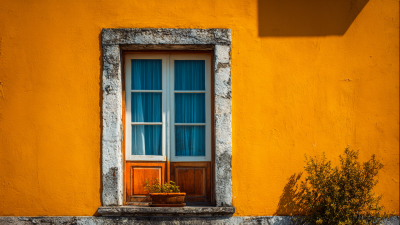
How to Choose the Best Crank Windows for Your Home
-
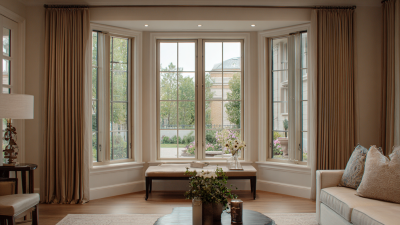
Unlocking Comfort: The Advantages of Choosing Quality Home Windows
-

7 Reasons Why Fixed Windows Are the Ultimate Choice for Modern Homes
-

Exploring the Future: 2025 Trends in Fixed Windows Technology and Innovative Alternatives
